Sparaxis, a corm herbaceous perennial plant, is a member of the Iris family. Under natural conditions, this plant is found in southern Africa, in the Cape region. And one of the species was introduced in California. There are 6 varieties of this plant, it is noteworthy that some scientists consider them to be different species, while other experts claim that these are variants of one species. Sparaxis has about 20 varieties. The genus name contains a Greek root, which translates as "splitting the ends of the bracts."
Content
Features of sparaxis
The height of sparaxis can vary from 0.15 to 0.6 m. Smooth, bare leaf plates have a belt-like, lanceolate shape. The stellate flowers have a rich color and reach about 50 mm in diameter. The bracts are split at the tips, which is already clear from the genus name. The pistil column protrudes beyond the short perianth tube, which has a funnel-shaped shape. Weakly twisted stigmas are solid.
Planting sparaxis in open ground
What time to plant
The best place to grow sparaxis is in the southern region: the spring is warm, the summer is hot, the fall comes late, and the winter is relatively warm and mild. When this flower crop is grown in mid-latitudes, in late autumn, its tubers are removed from the ground and stored, and with the onset of spring they are again planted in open soil. Planting tubers in mid-latitudes and colder areas is recommended from early to mid-May, after the soil has been very well warmed up. In the southern regions, where it is not colder than 1 degree in winter, tubers are planted before winter, in the last days of October.
Landing rules
An area suitable for planting should be well lit, open and protected from wind gusts. If sparaxis is planted in a shaded place, then this will have an extremely negative effect on the growth and development of the plant. It will grow best of all on fertile loam, but it can be planted in other soil, as long as it is well drained.
The bulbs should be buried 50–80 mm into the soil (depending on their size).The distance between the holes and between the rows should be about 8-10 centimeters. The planted tubers need abundant watering. The bushes planted in May will begin to bloom in August, and will finish with the onset of the first frost.
Sparaxis care in the garden
Sparaxis grown in mid-latitudes should be looked after in the same way as the more popular flower crop, gladiolus. Such flowers need to be watered, weeded in a timely manner, and also loosened the soil surface between the bushes. During a drought, the aerial part of the bush should be moistened with a spray bottle in the early morning or in the evening, at sunset, because if the sun's rays hit the water droplets on the foliage, a burn may appear. It is also very important to remove flowers that have begun to fade from the bush in a timely manner, thanks to this, it is stimulated to form new buds and stems.
How to water and feed
At the beginning of growth, the bushes should be sufficiently watered. After each watering, the soil surface must be loosened, and, if necessary, all weeds should be pulled out. During prolonged drought, watering should be carried out 2 or 3 times in 7 days, and be abundant at the same time. It should be watered exclusively with settled water, which should warm up well in the sun. Watering and spraying sparaxis is recommended in the early morning or in the evening at sunset. If water stagnates in the soil or watering is constantly excessively abundant, this can cause the development of fungal diseases.
During the formation of buds, the bushes need to be fed with a solution of complex mineral fertilizer for flowering plants (20 grams are taken for 1 bucket of water). During the season, the plant should be fed 3 or 4 times. When it fades, all feeding should be stopped. On hot days, it is recommended to moisten the aerial part of the plant from the sprayer using lukewarm, settled water. If this is not done, then the leaves will become thinner, as well as the buds will shrink (they may not form at all), this is due to the fact that the plant suffers from too low air humidity.
Reproduction of sparaxis
This culture can be propagated by seeds, as well as by children. The easiest way to reproduce is vegetative. When planting a plant in open soil, children should be separated from its tubers. Fracture points must be sprinkled with coal powder, and then the children can be planted in pre-prepared holes. You should not separate the children in the autumn before laying the tubers for storage for the winter, the fact is that in 6 months they will most likely dry out greatly.
It is also possible to grow such a flower from seeds, but this method is distinguished by its complexity and duration. A box is taken, the depth of which should be about 10 centimeters, and filled with moistened soil mixture, saturated with nutrients. Seeds are sown into this container, after which it is rearranged to a very warm place with high humidity. After 20-30 days, the first seedlings should appear, after which they will need to be thinned, while a distance of 20 mm should be maintained between the plants. After the height of the seedlings is equal to 7-8 centimeters, it should be planted in the garden, while the soil should already warm up very well. Bushes grown from seeds will bloom for the first time only after 3 years.
Wintering
After the bushes have faded, further care will directly depend on how you grow this crop: as a perennial or annual. When grown in mid-latitudes and areas with colder climates, after the sparaxis has faded and the part above the ground turns yellow, the corms should be removed from the soil.After the soil remains have been removed from them, they are transferred to a dry and well-ventilated room for drying, while the above-ground part does not need to be cut off. After the foliage dries very well, it will need to be carefully torn off, then the bulbs are stored in a cool (5 to 9 degrees) place. During the winter, it is recommended to carry out a systematic inspection of the planting material, in this case you can timely identify rotten or dried tubers and remove them. When there is very little time left before planting in open soil, the planting material should be transferred to heat (from 25 to 27 degrees). Separation of children from bulbs must be done immediately before planting. The planting material of this plant can be stored for 2 or 3 years.
When growing sparaxis in the southern regions, where it is never colder than 1 degree in winter, you do not need to dig it out for the winter. In this case, this crop is grown as a perennial. If you are still afraid that the bushes may freeze out, then for the winter they can be covered with spruce branches.
Diseases and pests
If sparaxis is provided with proper care, then it will not be affected by diseases or pests. However, if the liquid constantly stagnates in the soil, this will lead to the appearance of rot on the corms and, as a rule, in this case, the plant dies.
If the foliage of the bush has faded and faded, then most likely this is due to a lack of iron. To get rid of chlorosis, you should add products containing iron in a chelated form to the soil.
Sparaxis reacts extremely negatively to lack of sunlight, as well as cold.
Types and varieties of sparaxis with photos and names
It has already been said above that in some cases it is extremely difficult to understand which particular sparaxis is in front of you, namely, species or variety. Below will be described those forms of this culture that are most popular with gardeners.
Tricolor sparaxis (Sparaxis tricolor), or sparaxis tricolor (Ixia tricolor)
The bush can reach a height of about 0.4 meters. The height of the peduncles also reaches 0.4 m, they bear from 5 to 7 pieces of graceful flowers, which can be two- or one-color. At the base of the petals, the flowers have a characteristic black ring that separates them from the rich yellow center. The shape of the leaf plates is xiphoid.
Sparaxis graceful (Sparaxis elegans)
The height of this dwarf plant does not exceed 0.15 m. The color of the flowers is white or orange. Among the gardener popular is "sparaxis mix", which is a variety mixture, which includes plants of various colors.
Sparaxis Bilbifer (Sparaxis bulbifera)
The height of a relatively large plant, which is distinguished by its unpretentiousness, is about 0.6 m.On the branched erect flower arrows, the formation of openwork inflorescences is observed, which include flowers reaching 60 mm in diameter, they can be colored yellow, light cream, white or a whitish yellow color.
Sparaxis grandiflora (Sparaxis grandiflora)
This species is tall. The sheet plates have a belt-like shape. The flowers are large, elongated, they can be painted in white, purple and deep yellow. The flowers have a very pleasant aroma, which is why this species is also called fragrant sparaxis. The most popular among gardeners are varieties such as:
- Superba... The height of the bush is about 0.25–0.3 m. The spike-shaped inflorescence contains from 5 to 7 flowers, reaching 50 mm in diameter, they can have orange, purple, white or yellow color, and their middle is black or yellow.
- Lord of fire... Scarlet flowers have a black center.
- Elegants... Fragrant flowers of dark purple color have a black center and white stamens.
- sunny day... The lemon-cream flowers have a fuzzy edging located at the base of the petals.The yellowish middle also has indistinct borders. In the lower part of the petals, there are stripes of light crimson in the middle.
- Moon color. Very beautiful white-lilac flowers are decorated with strokes of crimson, scarlet or dark purple color. The middle color is yellow, and the stamens are dark.

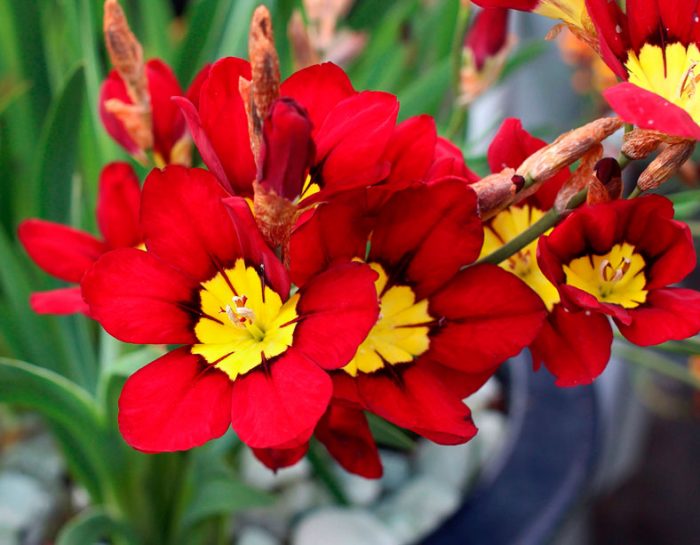
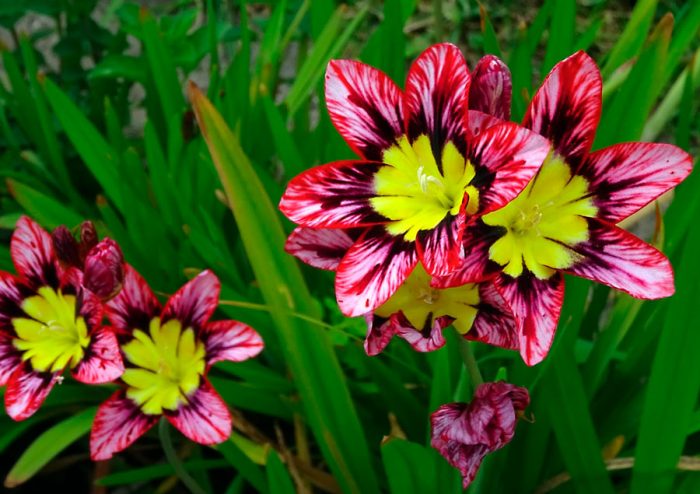
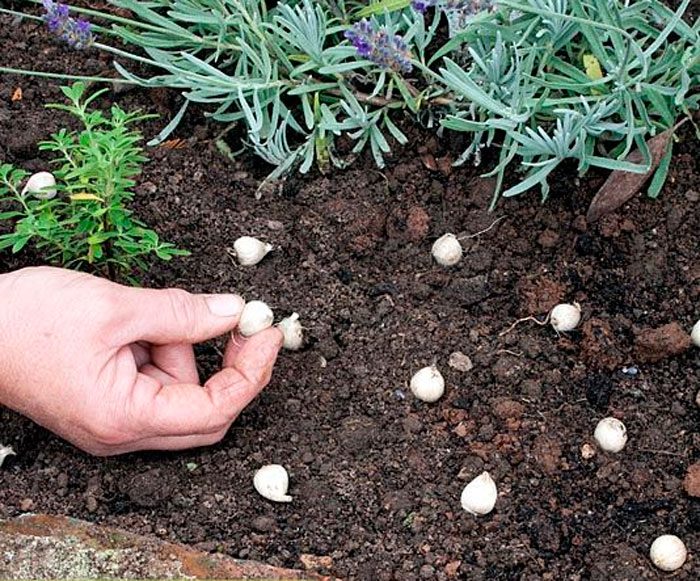

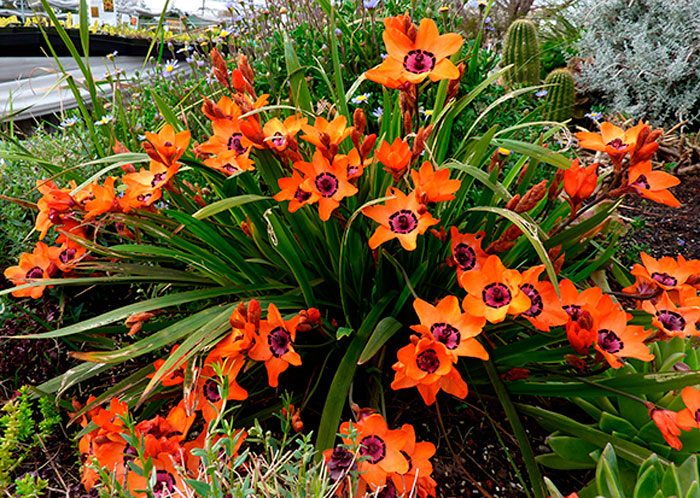
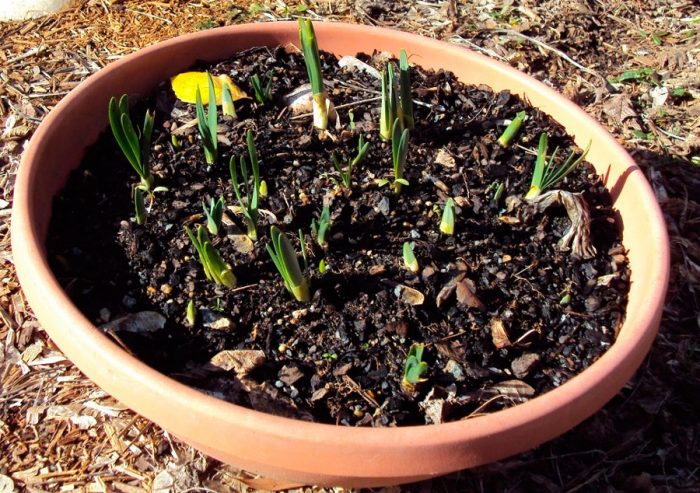
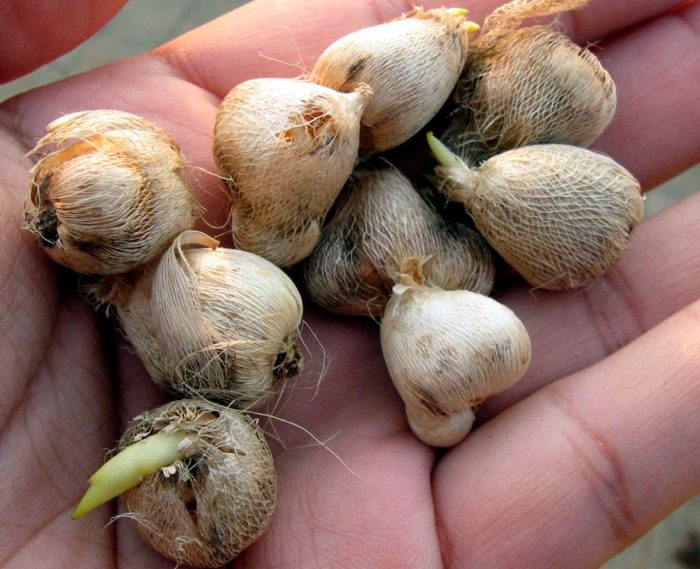
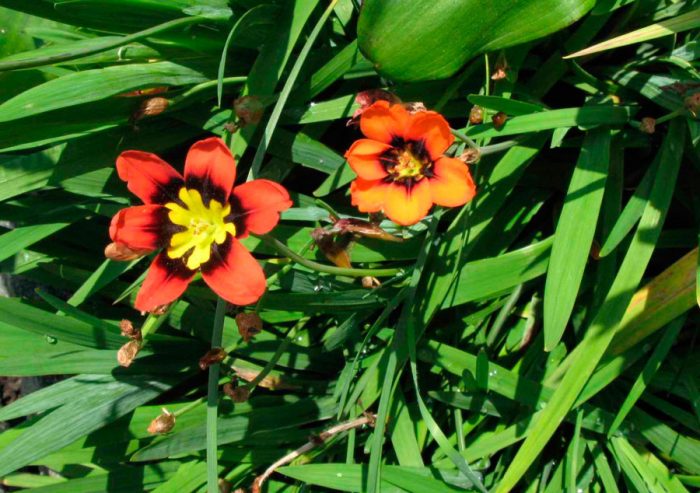
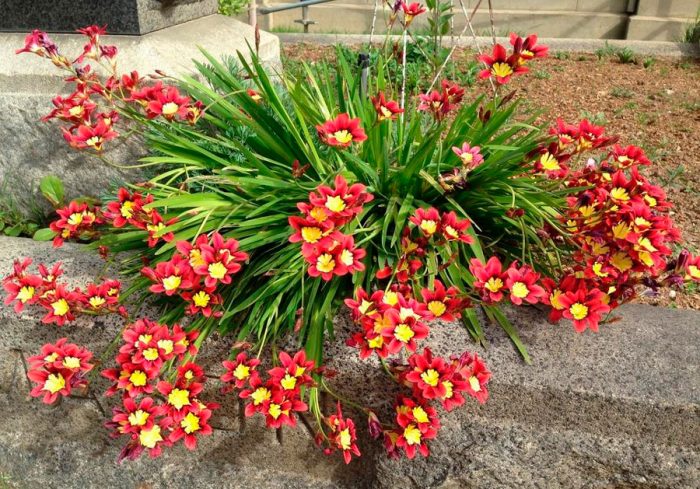
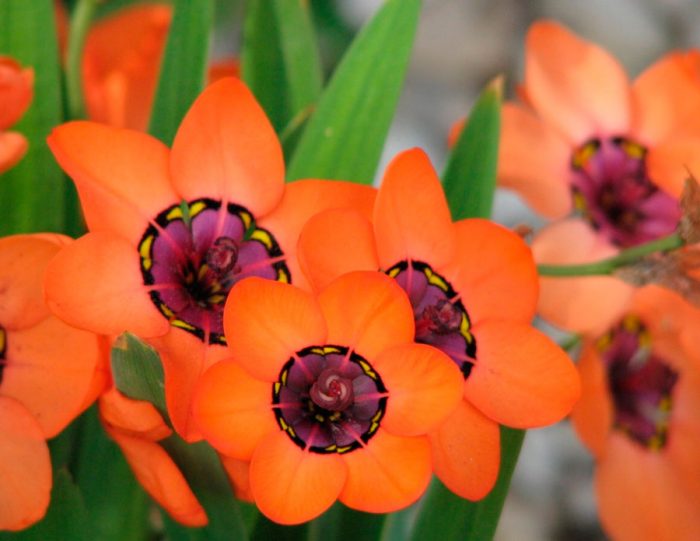
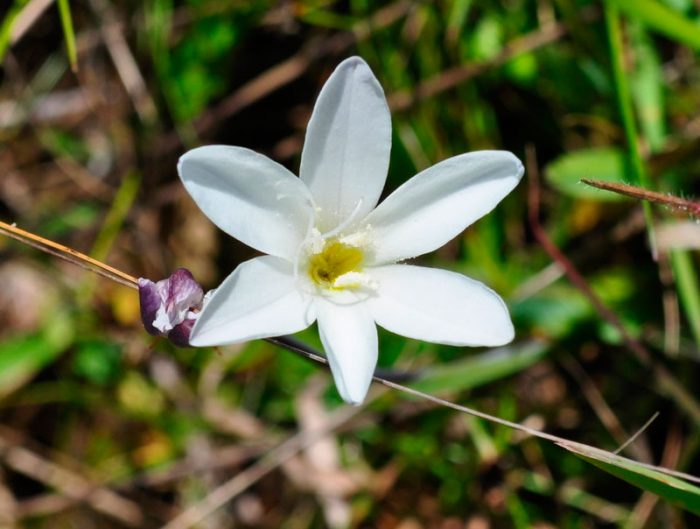












Sparaxis are beautiful flowers!